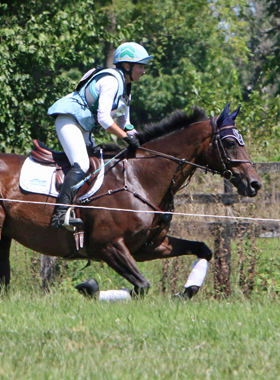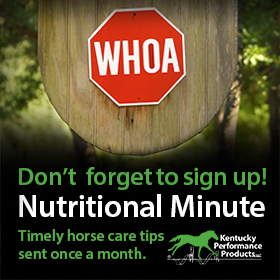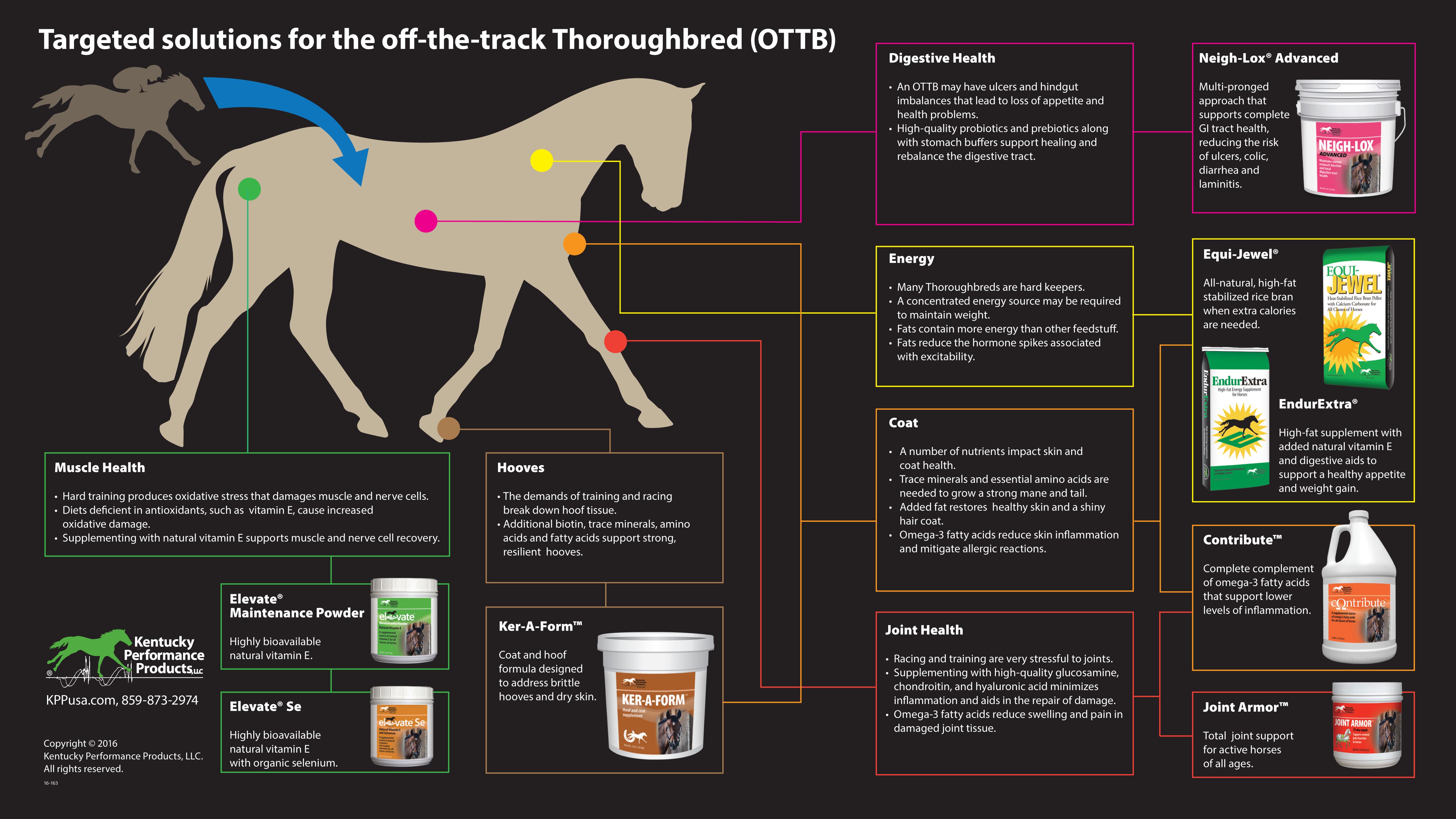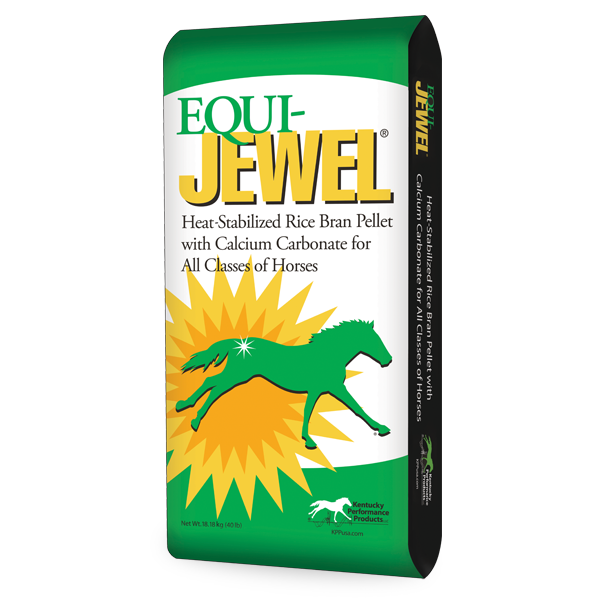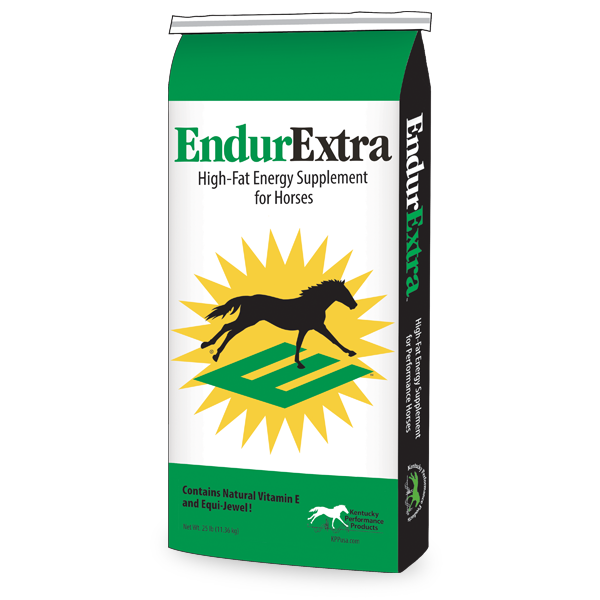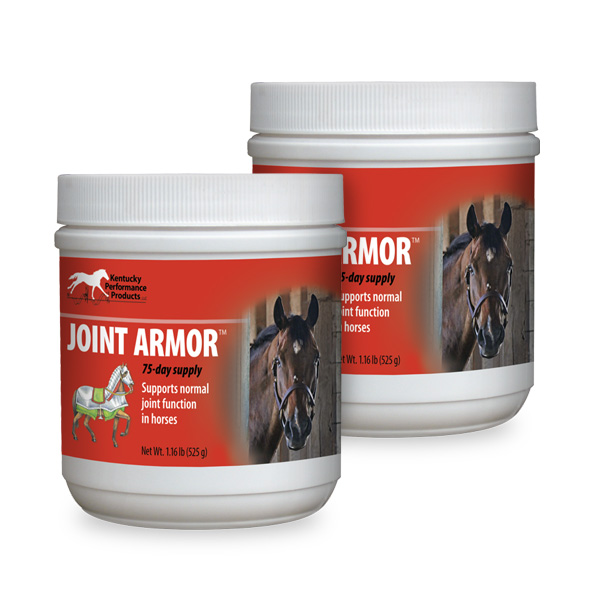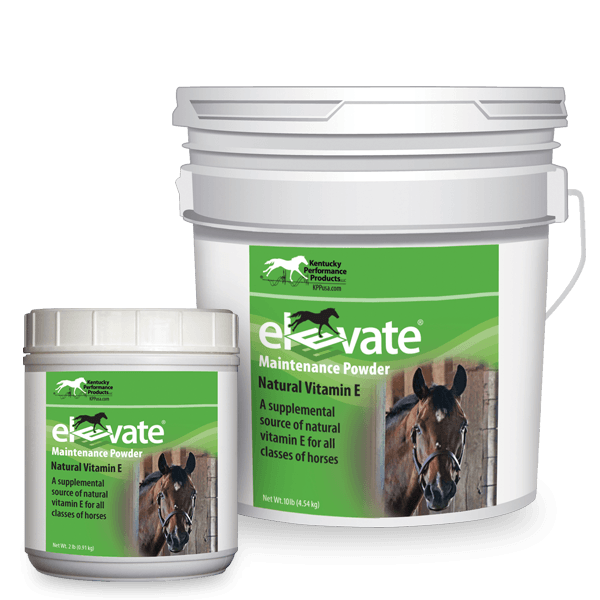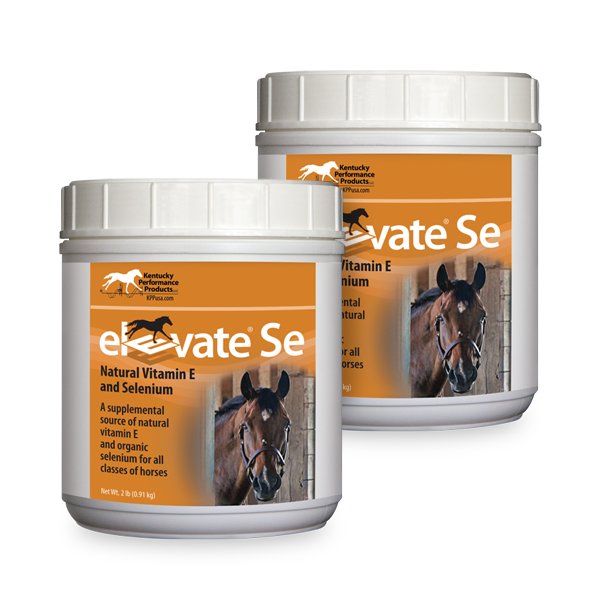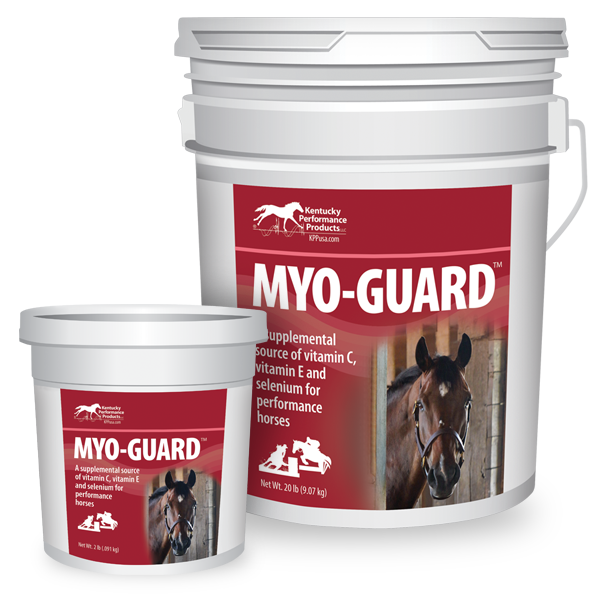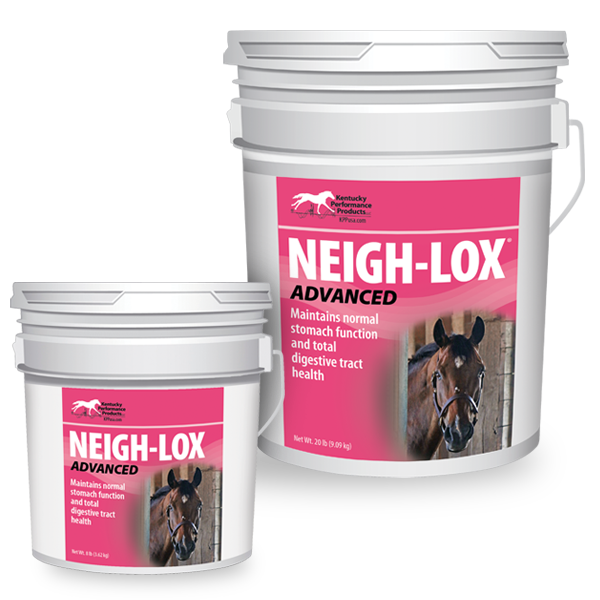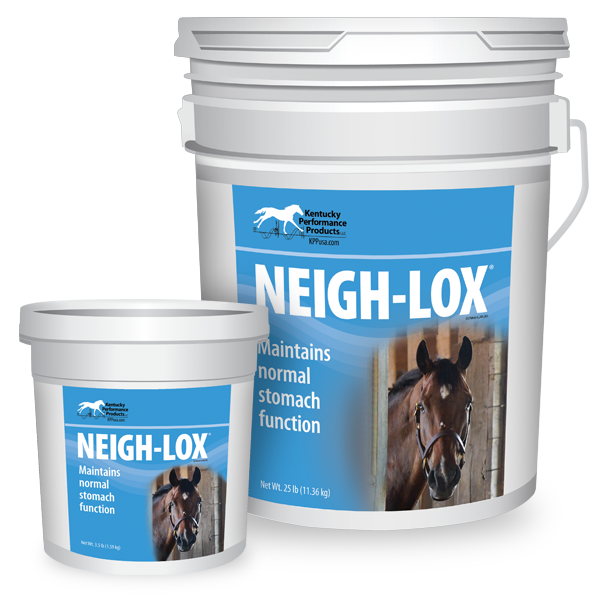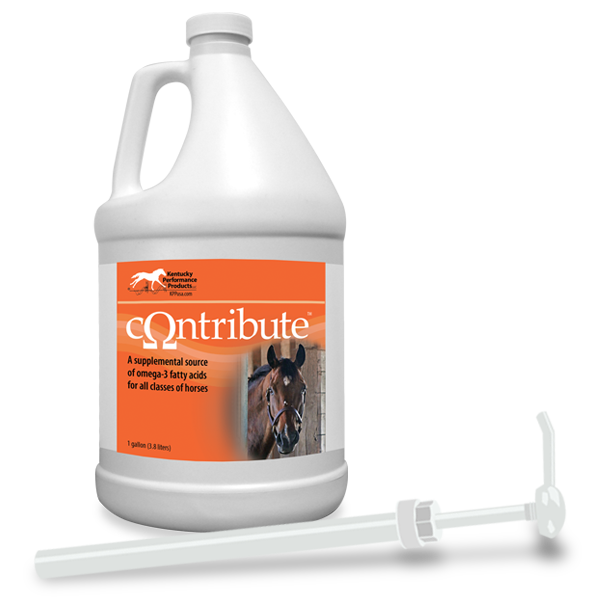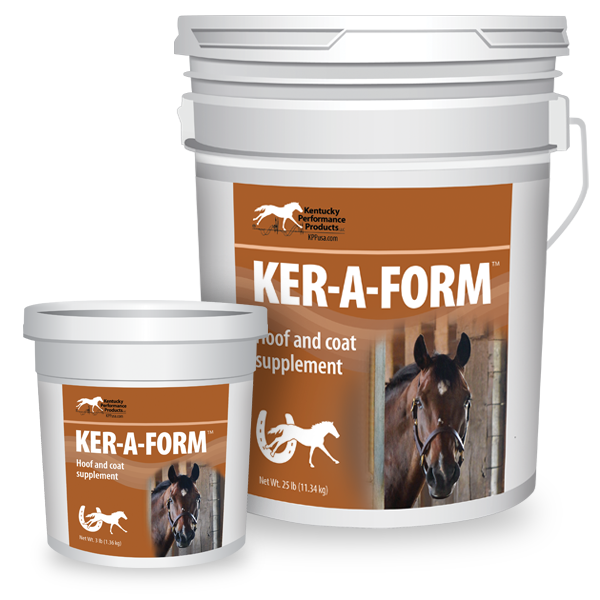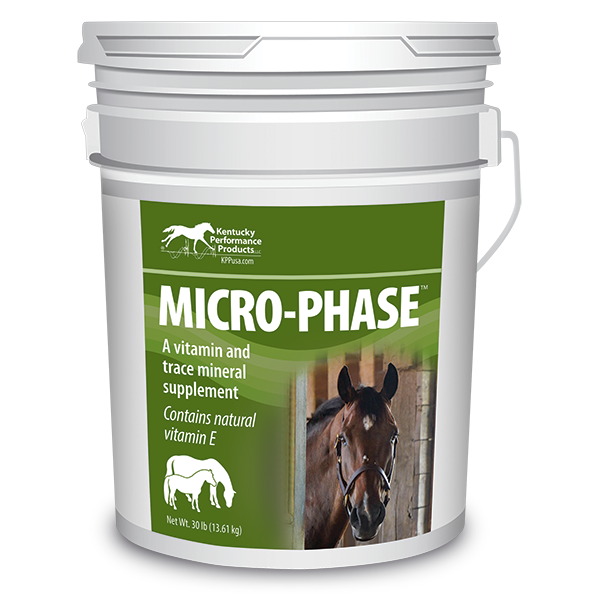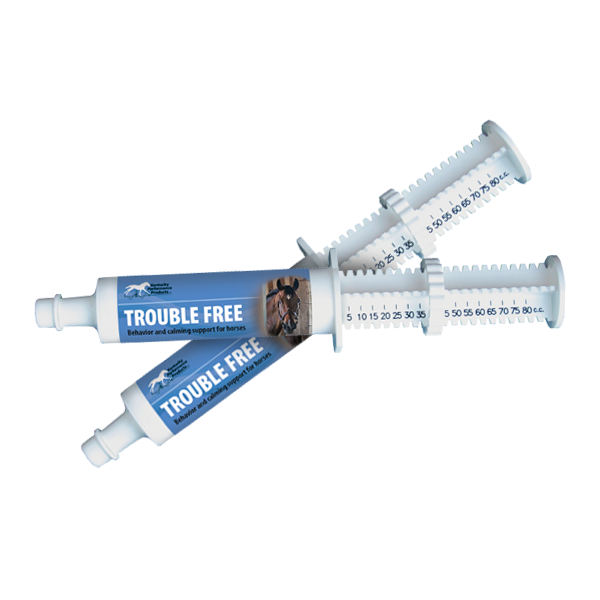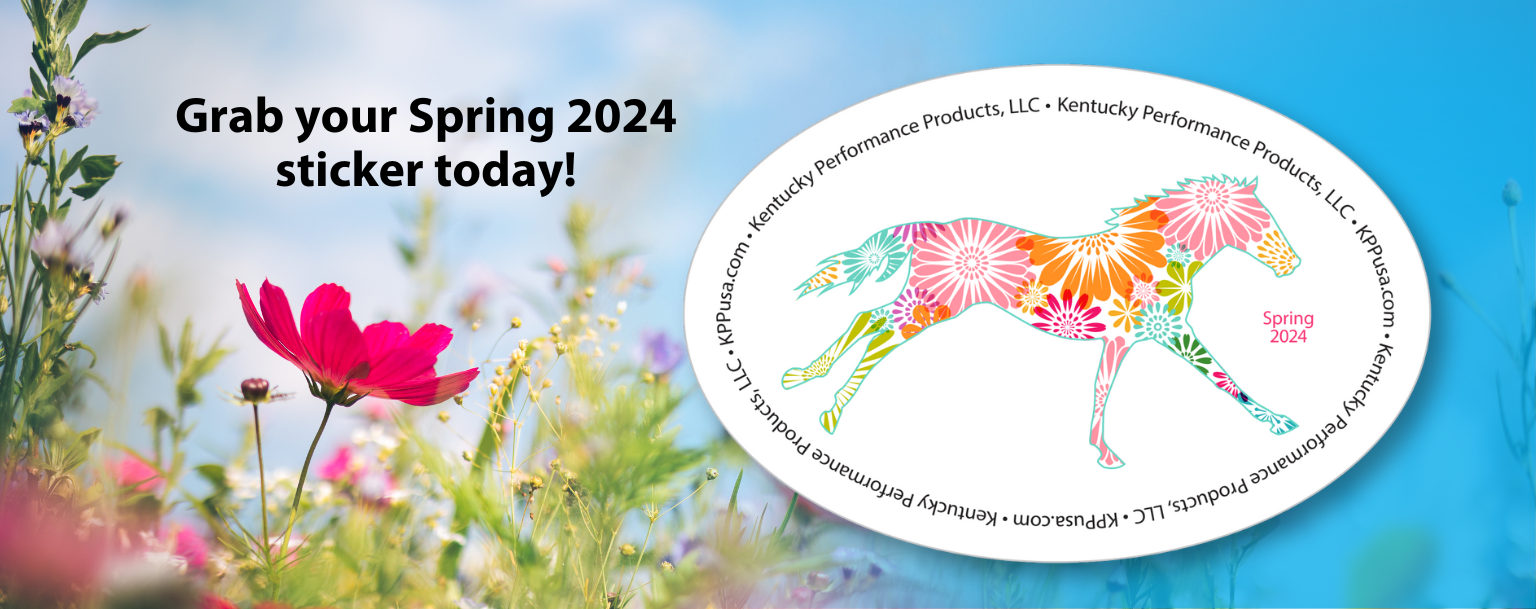Transitioning to a new career
Transitioning an off-the-track Thoroughbred (OTTB) to a new career can result in a host of nutritional challenges. Trying to determine which supplements will best suit your OTTB may be confusing. Let’s break down the process and look at some of the challenges.
First, you need to determine what your new OTTB’s job will be and what kind of condition he or she is currently in. An easy way to determine body condition is to utilize this simple scoring system. Once you determine what your horse’s job will be and establish a target condition score you can begin to develop a plan to transition your horse to a new career and feeding program. Most off-the-track Thoroughbreds benefit from some downtime to adjust both mentally and physically to their new life. During this adjustment period it is most important to meet the horse’s basic energy and nutrient needs while slowly switching to new feedstuffs. Try to avoid excessive weight loss by providing lots of good quality fiber and enough concentrate to maintain his or her current weight. This is an excellent time to do research on the supplements your horse will need when he starts this new career.
Digestive health
Due to their past lifestyle, the majority of off-the-track Thoroughbreds will have ulcers and some type of digestive imbalance. On the racetrack, Thoroughbreds experience an intense training schedule. Their diets often consist of large amounts of grains that are high in starch and sugar, which can cause the digestive tract to become unhealthy. An unhealthy digestive tract can lead to subtle changes such as sour attitude, and poor coat quality or more drastic changes such as weight loss, colic, diarrhea, and laminitis.
Keeping your Thoroughbred’s digestive tract balanced is necessary for overall health. When the GI tract is out of balance, food is not digested properly and key nutrients and energy are not absorbed. If you find your Thoroughbred’s condition and weight diminishing despite being on an appropriate new feeding plan, ulcers and a poorly balanced hindgut could be to blame. Your Thoroughbred’s immunity is also dependent upon digestive tract health. Ulcers and hindgut imbalances can result in a decrease in appetite as well. Supplementation with gastric buffers and coating agents, probiotics such as Saccharomyces boulardii, and yeasts and fermentation metabolites know as prebiotics will ensure a healthy transition for your Thoroughbred. Continued supplementation will ensure their digestive tract will remain balanced throughout their new career.
Energy
If your Thoroughbred is coming straight from the track and has been in training, their metabolic rate will still be high due to intense training and caloric intake. Once leaving the track many Thoroughbreds benefit from a period of rest and relaxation along with time to adjust to their new schedules. Their caloric requirements will decrease depending on the type of work involved in their new career, but this will not happen immediately. A gradual decrease in calories (to a level appropriate for their new career) over several weeks is recommended to prevent weight loss. Grass may be a new element to your Thoroughbred’s diet. Your OTTB will need to be slowly introduced to pasture, and if plenty of pasture is available it can become the foundation of their diet. If pasture is not available, high-quality forage must be provided.
Thoroughbreds often have the reputation of being hard keepers. Many Thoroughbreds are not efficient at converting dietary energy to fat. As with all horses, the main component of their diet should be high-quality forage, but a concentrated energy source may be required to maintain weight in their new career. Feeds formulated for performance horses or senior horses with energy coming from beet pulp, vegetable oil, and soy hulls are good options. While providing some simple carbohydrates (sugars and starches found in whole grains and molasses) is important, this can lead to “hot” or excitable behavior. When necessary, these energy sources can be limited until they are needed to fuel top-level performance later on.
If your Thoroughbred needs additional sources of energy to maintain weight, consider adding a supplemental fat to the diet. Fats, such as stabilized rice bran, are digested at a much slower rate and don’t cause the hormone spikes associated with excitability. Fats contain more energy pound for pound than simple carbs so you can feed smaller meals and deliver just as many calories, if not more. As an added benefit, fats will not cause the hindgut overload that large sugar/starch meals can cause, reducing the risk of colic or laminitis.
Not all Thoroughbreds coming off the track will be hard keepers in their new career. You may find your Thoroughbred only requires a feed formulated for a low work level. With any feed you use, remember that if you are not feeding the minimum amount recommended by the manufacturer your horse will not receive the required amounts of vitamins and minerals. If you are feeding less than the recommend levels, or your horse is on pasture alone, they will benefit from a well-balanced vitamin and mineral supplement.
Muscle health
Thoroughbreds in training produce large amounts of free radicals that can damage cell membranes in the muscle. To defend against free radicals, horses use antioxidants like natural vitamin E and selenium to hunt the free radicals and render them harmless. Thoroughbreds on the track are without the benefit of grazing on fresh green grass for long periods of time. Fresh grass is the best source of natural vitamin E. In dried forages, like hay, vitamin E levels drop 70% within the first week of being cut. When a Thoroughbred’s diet is deficient in antioxidants, inflammation and damage to muscle and nerve cells can occur. Supplementing your off-the-track Thoroughbred with natural vitamin E will help them recover from any muscle damage that may have occurred while on the track. If grazing for long periods on fresh green grass is not an option for your horse, either due to lack of pasture or competition schedule, continued supplementation with natural vitamin E will be needed to protect muscles and nerves from damage.
Hooves
On the track, constant exercise, frequent shoeing, and the demands of racing can put a lot of stress on Thoroughbreds’ hooves. Bad feet can lead to other issues, such as sore backs and hocks. Hooves are made of tough tissue called keratin. Keratin bonds are formed with the B vitamin biotin. When biotin is lacking in the diet, Thoroughbreds’ hooves can become brittle and dry, which leads to cracked hooves that fall apart. Adding a biotin supplement may be necessary to help regrow and maintain strong hooves. Researchers recommend 20 mg of biotin per day and while concentrates do provide some biotin they are usually well short of 20 mg. It is also important that the hoof supplement contain lysine, methionine, iodine, and zinc. These trace minerals and essential amino acids (the building block of protein) play a significant role in maintaining healthy hooves.
Coat
A number of nutrients play a role in a Thoroughbred’s skin and coat health. Many factors can cause your Thoroughbred to have a dry, flaky, or dull coat when they arrive or during their transition to a new career. Once ulcers have been ruled out or addressed, other nutrients can be supplemented to support coat quality. Trace minerals and essential amino acids lysine, methionine, iodine, and zinc are all needed to grow strong manes and tails. Adding fats to the diet will protect the skin and coat from drying and cracking. Thoroughbreds consuming fats will have shiny hair coats, soft skin, and easy-to-manage manes and tails. Omega-3 and omega-6 fatty acids also play a role in skin and coat health. The omega-3 fatty acids are often deficient in the modern Thoroughbred diet. If your Thoroughbred has sensitive skin, or as some people say “thin skin” that is reacting to their new environment, omega-3 fatty acids have also been proven to reduce skin inflammation and mitigate allergic responses.
Joint health
Thoroughbreds experience a lot of wear and tear on their joints starting at an early age. Daily wear and tear, injuries, conformation, and aging all contribute to damage that causes joint inflammation and pain. There is probably not a Thoroughbred coming off the track that couldn’t benefit from a joint supplement. Supplementing with a high-quality glucosamine, chondroitin, and hyaluronic acid supplement minimizes inflammation and aids in the repair of damaged or stressed joints. Research has also shown that omega-3 fatty acids reduce swelling and pain in the affected joints of horses with arthritis.
Targeted solutions chart
Click the image below to download a quick reference chart.

